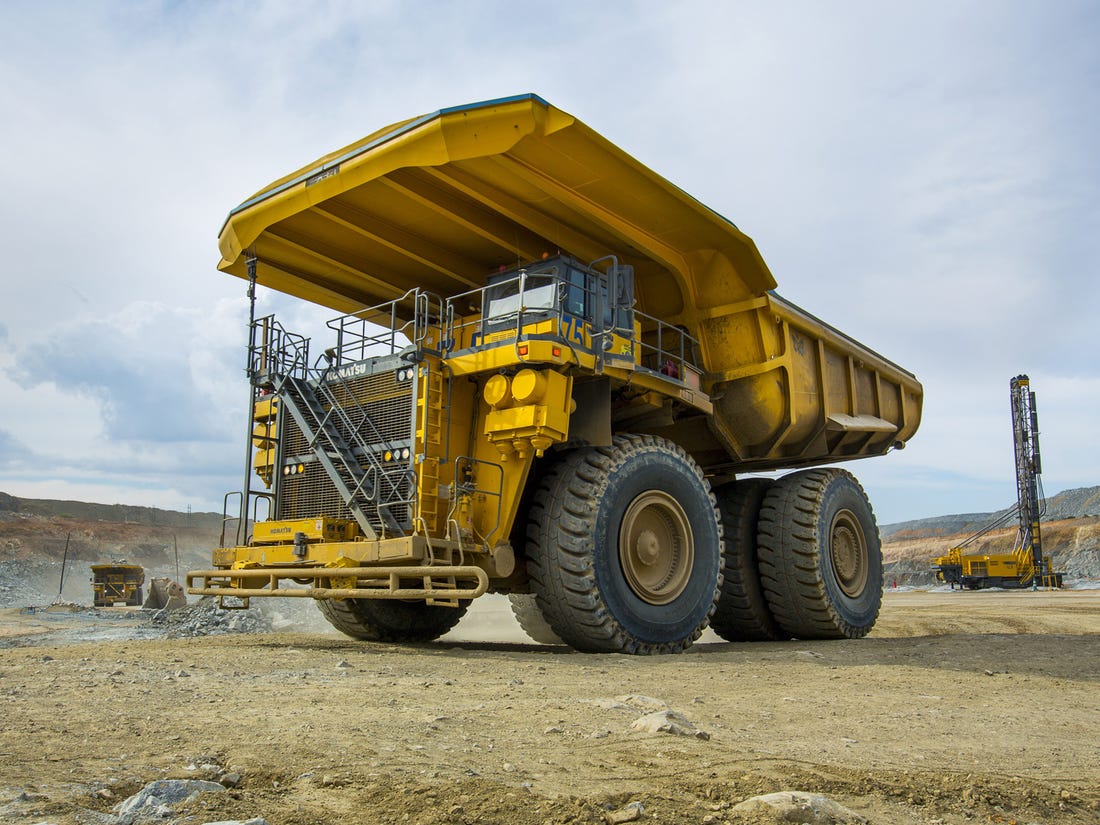Some Findings on Surface Mining And Environmental Sustainability
Climate change is a “hot topic” in the 21st century … literally. Rising temperatures and sea levels, melting ice caps, and the loss of species are things many of us are concerned about.

And from an industrial perspective, the extreme weather events (which will certainly increase in frequency), are going to have a significant impact on mining operations; storms may affect the stability and the effectiveness of your equipment, they can limit transportation routes, and cause costly delays to your projects. The cost of water and energy will, no doubt, go up, as will the chances of on-site personnel suffering from heat- or cold-related illnesses or accidents. But, of course, this won’t matter if you can't even get a license to operate in the first place, if mining becomes too unsustainable to permit in your area.
We've done a little research and wanted to share some of our findings on the topic of mining and sustainability.
Lower-Impact Mining Techniques
In our last post, we looked at the ways in which digital innovation is changing the way we do things in the mining industry. The great news is that, not only does it improve the efficacy of operations, increase profit margins, and reduce the risk of injury to staff on-site, it can also make your mine more sustainable.
The SLIM (Sustainable Low Impact Mining) project, which has received funding from the European Union’s Horizon 2020 Research and Innovation Program, has developed low-cost, low-impact solutions to environmental concerns, including modeling programs that predict the fallout from mining blasts, and a new range of explosives that has been designed to minimize rock damage and radiating vibrations.
Reducing the amount of surface damage limits the production of waste and means that the site can be rehabilitated after the mine is closed.
Reuse of Mining Waste
Surface mining can produce significant amounts of waste. Topsoil and rocks must be removed to gain access to the minerals below, but what is done with them afterward? Often, they are just discarded. But it doesn’t always have to be this way. If the tailings are made up of the right minerals, they might be used for other purposes (ex: brick production), and they are especially useful to the agroforestry industry.
In fact, almost all mining by-products can be reused one way or another. However, the biggest challenge facing miners' desire to recycle or reuse mine waste is an economic one. This overview entitled "Recycling, Reuse and Rehabilitation of Mine Waste" posted in the scientific journal Elements: An International Magazine of Mineralogy, Geochemistry, and Petrology discusses this dilemma and calls for more research on solutions.
Despite this, to make their operations greener, some companies are taking the difficult task themselves of re-evaluating the output of their mines and to see if waste can be diverted for more sustainable purposes.
Investing in Eco-Friendly Equipment
Many mines are switching from diesel to electrically operated machinery to reduce their carbon footprint exponentially. Even hybrid options, where they are available (e.g., transport), helps keep the carbon emissions down.

If a company-wide shift in this direction is not currently economically viable, there are other, less expensive steps companies are taking that will nevertheless make a big difference to their carbon footprint in the long run. While having the most up-to-date machinery is preferable, from both an operational and an environmental perspective, refitting their existing vehicles, for example, with sturdier tires that will last longer driving over even the rockiest terrain, will reduce the amount of rubber used while mining a particular site.
One customer went as far as using drone surveys to ensure the paths their trucks were driving on were free of pot holes which unnecessarily beat up their equipment. Through more simple, ongoing identification and remediation of problem areas, there was less wear and tear, and they were able to extend the life of the equipment and its parts.
It may seem like a small change to make but all small changes add up!
These are just a few examples that we found for mines taking a step in the right direction toward a more sustainable future. We'd love to hear more about what your mine is doing to make a more positive impact on the environment.
Skycatch fully supports efforts to make sustainable mining practices more effective and feasible. Be sure to ask us about our tailings dam high accuracy 3D modeling and monitoring capabilities. To find out more, please get in touch via our contact form today.



